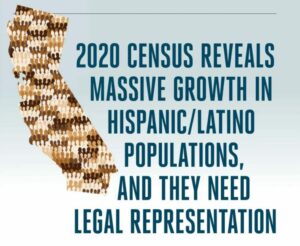Bilingual content is a great way to grow your business. It helps you to reach a wider audience, demonstrates cultural competency, and can drive new leads. But just like anything, there are cons that come along with the pros. Before you choose to launch a bilingual blog, make sure you understand what you are getting yourself into.
The pros of a bilingual blog:
- It makes your content more accessible. A Spanish-language blog can help you to reach the 41 million native Spanish speakers and 12 million bilingual Spanish speakers in the USA. Spanish is an incredibly pervasive language, and its influence is only growing. Engaging this audience can lead to a lot of financial gain for your business.
- It demonstrates cultural competency. A bilingual blog shows your audience that you see them and you value them. Americans are becoming incredibly multicultural. The mere presence of a bilingual blog tells your readers that you understand and are onboard with their cultural values.
- It makes your website searchable for Spanish-language keywords. People who speak Spanish search in Spanish. If you have Spanish-language content on your website, your website may show up for those searches. If you choose to draft your entire site in English, you miss out on all of the Spanish-language search volume potentials.
The cons of a bilingual blog:
- It can be alienating to monolingual readers. If the first thing a visitor sees on your site is content in a language they do not speak, it can alienate them. The presentation of information in a format someone cannot understand can lead to feelings of confusion and frustration.
- Creating bilingual content is time-consuming. Translation is not quick. If you are attempting to manage a fast-moving, topical blog, you may miss the moment on certain trends and topics when it takes you to translate the copy. Remember not to rely on machine translation. It is quick, but the writing quality will drop in a way that will be obvious and frustrating to your audience.
- It is easy to do wrong without professional help. We mentioned SEO as a pro above, but blogging in two languages can actually hurt your SEO if you do not build your bilingual blog correctly. Also, it is vital to engage a professional translator. Google translate or other machine translations will not yield well-written content. Bilingual blogging is not something that should be attempted without a consultant or specialist on board.
Overall, we believe that a bilingual blog’s benefits greatly outweigh the risks, and we recommend that anyone looking to grow their business consider creating bilingual content. That being said, bilingual content should not be created on a whim because when bilingual blogging is done poorly, the audience notices, and your brand loses credibility in the marketplace. If you are interested in launching a bilingual blog, make sure that you are doing it thoughtfully, intentionally, and with the input of experts.





